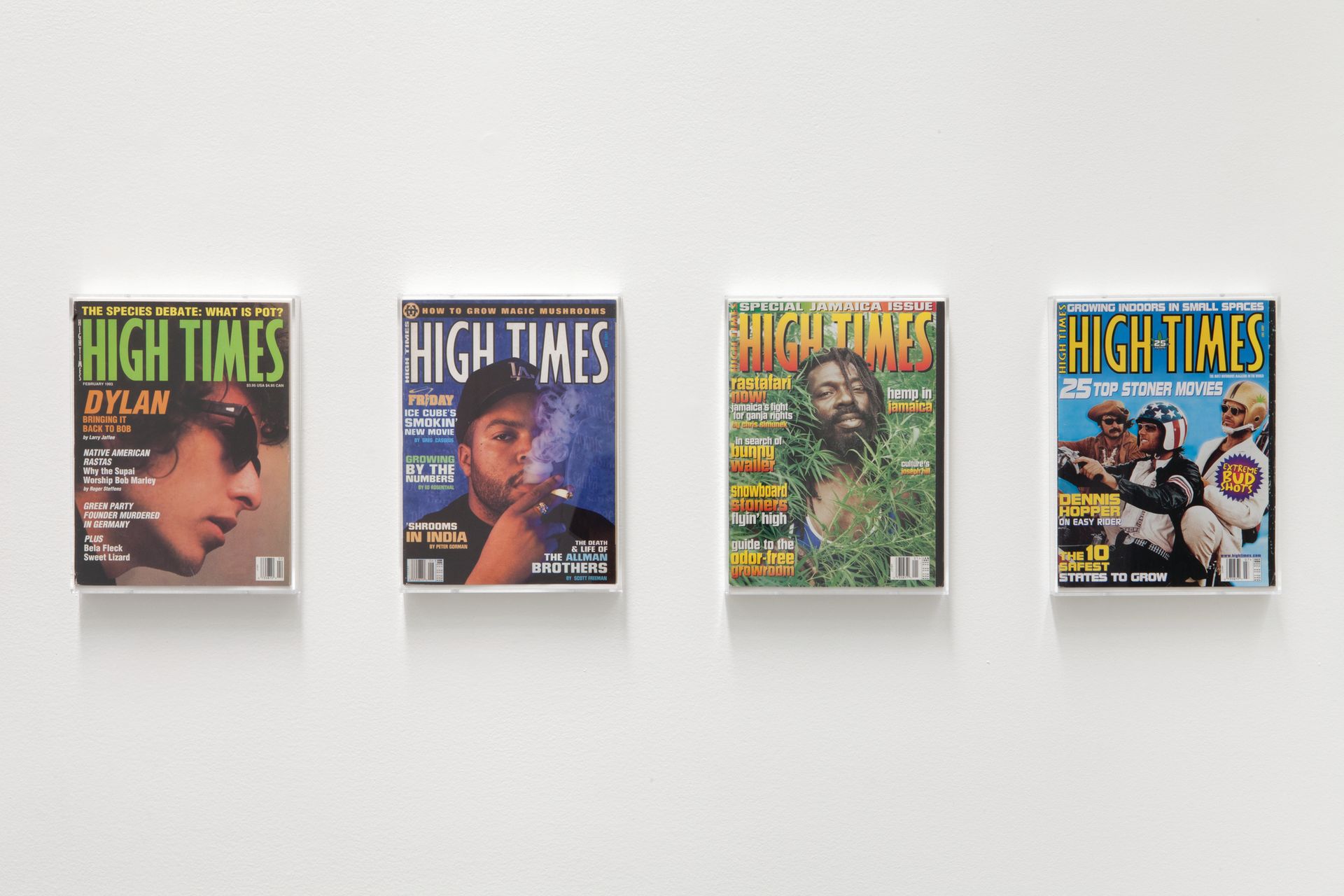“Mega-dealers” have wielded increasing cultural clout since the term was coined in 2010, but now the balance of power is tipping in favour of artists who are playing the field by exhibiting with galleries that do not represent them, or calling the shots in their long-term relationships.
This month, the Danish-Vietnamese artist Danh Vo has his first show with White Cube in Hong Kong (until 12 November). The London-based gallery does not currently represent Vo. Mathieu Paris, the director at White Cube who is organising the exhibition, believes dealers are having to rethink their relationships with artists. “Artists have to be free,” he says.
Following this trend is Anish Kapoor, who opens his first solo exhibition at Gagosian Gallery in Hong Kong today (12 September-5 November). Meanwhile, Richard Prince, who split from Gagosian in June after 11 years, has had two shows with Blum & Poe in the past year, although he is not a permanent fixture on the gallery’s books.
The Brussels-based dealer Almine Rech, who is opening spaces in New York and London’s Grosvenor Hill in October, says artists are “by essence” free. “They can be on very good terms with different dealers and work with them on specific projects,” she says.

Rech is inaugurating her London gallery (which supplements her smaller Mayfair space) with an exhibition of new works by Jeff Koons, who she has represented since 2011. It is not the first time Koons has chosen to exhibit with someone other than his long-term dealer, Larry Gagosian, who will be close neighbours with Rech on Grosvenor Hill. In 2012, Koons joined David Zwirner’s stable; the following year he had simultaneous solo shows in New York at Zwirner and Gagosian. Rech says Koons is in charge when it comes to deciding where he shows new works. “There is always a very interesting dialogue with Jeff, but he makes the decisions,” she says.
The recent explosion in the number of galleries around the world means artists have much more power in negotiating the terms that best suit their goals, says the New York dealer Ed Winkleman. “As long as an artist is selling well, they can undoubtedly act more as a free agent than we’ve seen over the past several decades,” he says.
The internet has been a major factor in eroding dealers’ authority. “Access to information online has weakened dealers’ exclusive control over what and where work is available, and what others have paid for it,” Winkleman says. “If collectors are not as eager to be on the best terms with dealers, it gives artists more flexibility in how they set the terms of their relationship with dealers.” Artists’ agents, high-profile consultants and private dealers are also giving artists greater freedom of choice.

The New York-based art adviser Lisa Schiff says: “We are in a period of huge transition; it could be that the idea of representing artists goes away completely.”
The idea of creativity as the currency of the future has been gaining popularity over the past few years. Cultural activities are now worth £27bn to the UK economy—a third more than five years ago. “If artists are the visual creators, they have the power,” Schiff says. However, how that power translates into money is hard to determine in the notoriously opaque art market. Artists and dealers have traditionally split the proceeds of sales 50/50, although Schiff says that balance is likely to have swung in favour of artists. All the dealers contacted for this article declined to give their percentage breakdown.
For some gallerists, artists have always had the upper hand. Monika Sprüth and Philomene Magers, the co-owners of the Sprüth Magers galleries, say that they opened in Los Angeles in February to cater for their artists based in the region, including John Baldessari, Barbara Kruger and Ed Ruscha. Some of their artists had no West Coast representation.
“Our gallery structure is focused on a very close relationship with the artists,” Magers says. “In Los Angeles, we support and work together with the California-based artists, as we do in Germany. Exhibiting in their home city is also very important to most artists.”
Since Sprüth and Magers merged in 1998, they have not lost a single artist from their roster. “Gallery structures vary, as they depend on the individuals,” says Sprüth, who opened her first gallery in Cologne in 1983. “Ours developed naturally from the beginning in the 1980s with the focus to serve the artists and their needs.”
Ultimately, however, in order to call the shots, an artist must be commercially successful—particularly when it comes to art fairs. “Artists who sell for six figures, such as Prince, Vo and Kapoor [have] increased leverage to meet the demand of multiple galleries in the global art market,” says the New York-based artist William Powhida. “The obvious downside is that this trend isn’t very favourable for artists who might not be quite so sellable. So, it’s cool that Richard Prince can show where he wants, but this is going to lead to even more homogenisation at the high-end. We’ll fondly recall when you only used to see Prince at one or two booths at an art fair.”

